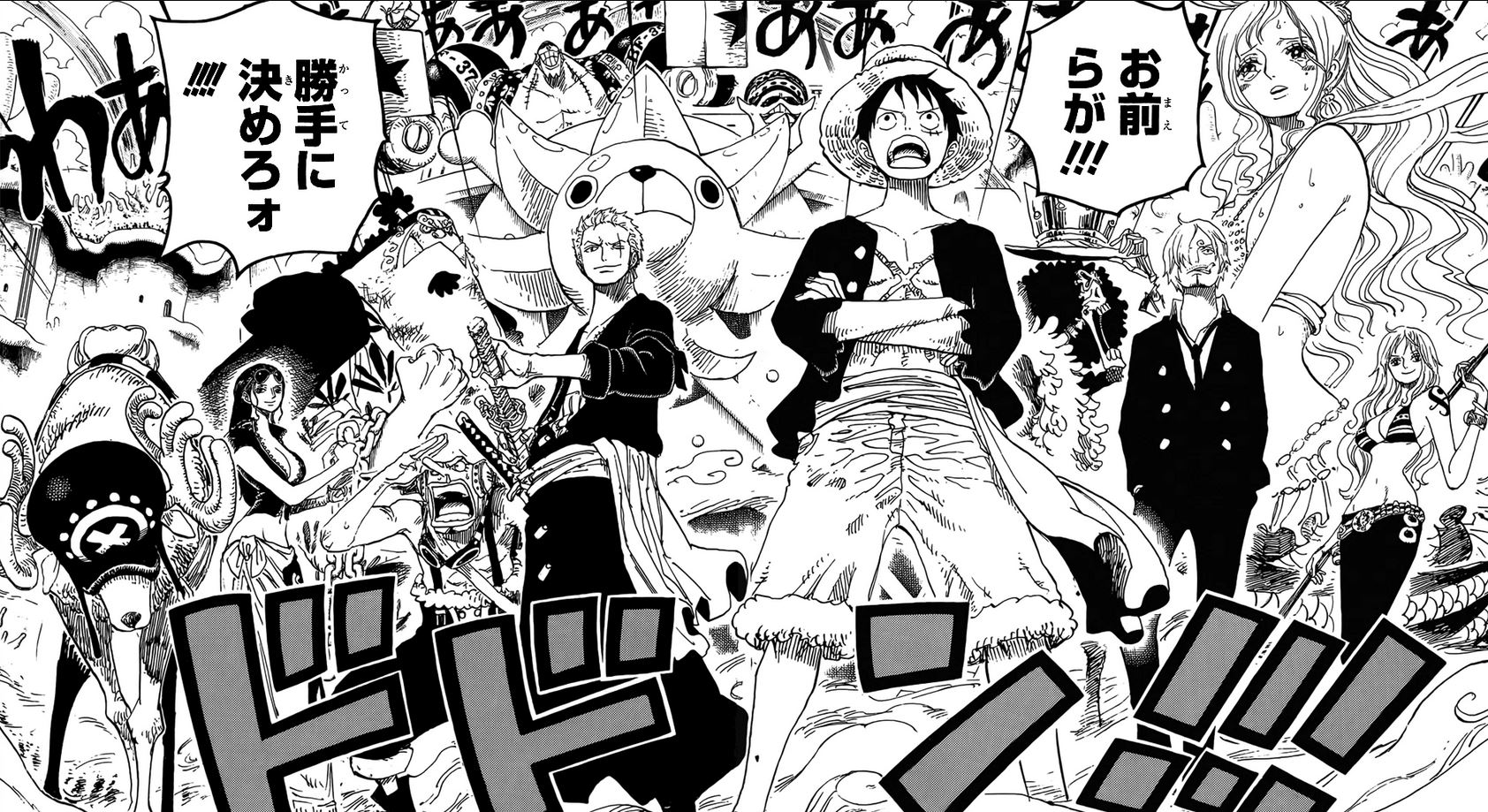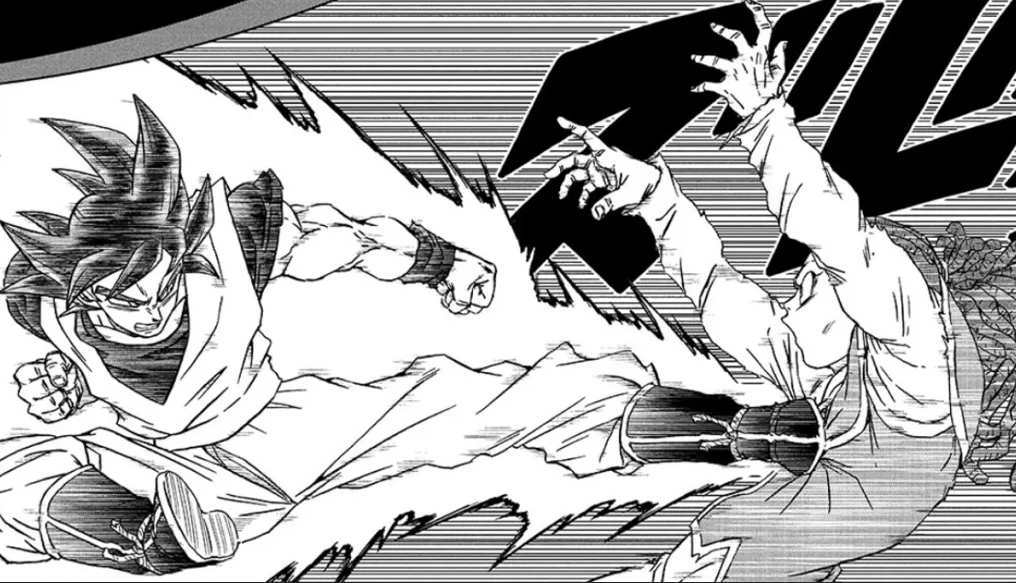Japanese comic books or graphic novels called Manga are serialised in newspapers and magazines and have a unique plot.
Manga, which has its roots in Japan, is currently popular all over the world.
Manga is an immersive form of visual narrative where graphics take center stage. Manga is written in Japanese with characters that mean “pictures run riot” or “pictures unbounded.”
Less text is used, and narrative is instead developed through expressive line drawing and the visual growth of individual characters.
Manga’s ability to transport readers visually is what makes it so well-liked.
Numerous people around the world are avid followers of Japanese Manga culture. Why Japan? It is a question that readers from other countries frequently ask.
What is it about the Japanese system that allows it to consistently deliver hits of the highest caliber?
We examine some of the underlying elements that have contributed to the development of Japanese Manga as an art form with the breadth and depth to compete with books and films.
What is Manga?
Mangas are Japanese comic books or graphic novels. Most manga adheres to a late-nineteenth-century Japanese style, and the form has a lengthy inheritance in early Japanese art.
Manga in Japan directs both comics and cartooning. Outside of Japan, the word primarily refers to Japanese-published comic books.
Manga is read by Japanese people of all ages and from all walks of life. Action, adventure, business and commerce, comedy, detective, drama, history, horror, mystery, science fiction and fantasy, romance, erotica, sports and games, and suspense are among the genres represented by the media. Several manga series have been translated into various other languages.
Why is Manga so popular?
The readers and viewers of Manga are a multi-billion dollar industry. In Japan and increasingly elsewhere in the world, it is incredibly well-liked by people of all ages.
There is a Manga for everyone thanks to its many different genres, which range from sports to love and from horror to sexual identity.
One Piece, written by Oda Eiichiro, is a particularly well-known example of Manga.
It chronicles the exploits of a young boy whose body has turned rubbery as a result of eating “Gum-Gum fruit,” and who sails the world on a pirate ship in search of the fabled One Piece, a priceless piece of treasure.
It’s still running strong and has filled 91 separate volumes (tankobon) since it was created in 1997 for the publisher Shueisha.
The most popular Manga of all time, One piece is in the Guinness Book of World Records for having sold over 440 million copies worldwide.

Is Manga made digitally?
Manga artists do employ digital drawing tools, but others also work with more conventional materials.
Manga artists can be divided into two groups:
- those who only work digitally
- those who also utilize pencils and paper.
Some Manga artists combine the two by starting with a traditional drawing of the Manga sketch and finishing it off digitally.
Modern art encompasses more than just oddball artwork that hangs in museums and paint splatters.
Technology has given art a new contemporary look and Manga is no exception.
Today, digital tools, software, and even CGI are used by Manga artists to create their artwork.
Many fans find that odd because, if you look very closely at a Manga, everything appears to have been created by hand.
Some features, effects, and even shading appear to have been pencil-scribbled.
Those individuals aren’t entirely mistaken, as digital art is able to duplicate and incorporate the conventional hand drawing method.
Historically, both Manga and western comics were painstakingly hand-drawn. This procedure is time-consuming and error-prone.
Many Manga artists were (and still are) instructed to draw with a pen in order to emphasize the value of avoiding errors.
There are benefits and drawbacks to drawing by hand.
One reason for this is that most artists are used to drawing by hand and were educated this way.
Additionally, drawing by hand gives you more control over shading, perspective, and values.
However, digital drawing software has made an effort to as nearly mimic the manual sketching process as possible, making it a popular choice for Manga artists.
Is drawing Manga digitally better?
For a variety of reasons, Manga is a labor-intensive art form. To keep the reader’s attention, artists must repeatedly draw the same characters while also including expressive and backdrop components.
Manga from earlier decades, before digital media became widely used, is much more straightforward in nature.
Outfits and clothing in particular, as well as backgrounds, are greatly simplified.
This is due to the laborious process involved in recording such specifics.
Manga contains more details now than it did in the past, and some series have even gone as far as to appear in full color.
Manga artists may elevate their work to a whole new level thanks to how much digital sketching speeds the creative process.

Can anyone make their own Manga?
Anyone with a good story and required quality can create their own Manga. There’re just few steps which you need to follow to make your own Manga.
Here’s a table that shows what steps you need to follow to create your own Manga:
| Write a Story Synopsis | Before you know where your story is meant to go, you can’t begin to develop it. Your intention? Write a summary of your entire story in one paragraph, leaving out facts about characters and settings. Next, condense that paragraph into a single sentence. For instance, “a group of friends combats odd enemies to protect the Earth” may be the plot of Dragon Ball Z. That truly covers DBZ, right? No, but it summarises the direction the plot will go. |
| Develop Character Profiles | You must be aware of your characters in order to construct your plot. From where did they originate? Do they possess any morals or values, if any at all? A romantic attraction A close ally or a fierce foe? What drives them? Completely describe your guy or girl as though you were telling someone else about them. Create a list of each character’s advantages and disadvantages so you may use them to help you create your tale. |
| Write Your Story | Put any layouts or problems out of your mind for the time being. Simply pen down your narrative. What transpires? Who is the victim? Why did he return, or why did she leave? Will his abilities ever come back? In the first place, why did he lose them? First, get written responses to all of your inquiries. |
| Think First Problem | Consider the first issue while keeping the “larger picture” in mind. In order to keep the reader interested in your next installment, you’ll need to provide some background information for your plot and have enough ongoing action. Determine the level of detail you want to include in your first issue. Got it? You are now prepared to storyboard. |
| Layout Your Storyboard | The arrangement of your Manga or comic is referred to as the “storyboard” in this expression. Your artwork will be included in each panel, which also contains a set amount of information. Right now, you don’t need to bother about the illustration (unless, of course, you can draw in addition to writing). Just concentrate on the text. Who tells whom what? Which fight scenes are you going to include? What details will they offer? Divide your story into manageable sections that you may separate into separate panels. |
| Bring All The Elements Together | It’s time to integrate the artwork into your plot. Find a talented anime artist, or if you’re feeling particularly daring, try drawing your own characters. Drawing instruction can be found in many excellent books as well as a few reliable internet resources. Use varied facial expressions and the language you wrote for each character in the storyboard to give them life. |
| Publish | Ready to distribute your pilot issue to the general public? Try entering the TOKYOPOP Annual Rising Star of Manga Contest or upload your Manga to your own website. |
Have a look at this video to know more:
Is the manga superior to the anime?
Yes, most of the time. Because the manga is always handled by the original mangaka and his or her team, it is well-written and monitored. The characters stay in character, and the plot is always the same.
An anime, on the other hand, necessitates the establishment of a full animation studio. The anime’s potency now hinges on how the studio interprets it. Certain significant arcs may be scrapped owing to constraints put on the anime.
There is a considerable likelihood of plot divergence, out-of-character presentation, and an abundance of fillers. Still, there are a few anime that do the manga justice.
The benefits of reading manga include the following:
- The original source of the content, without any frills, is always published first
- Fillers are uncommon
- Allows writers more creative freedom
- Any breaks are usually brief
The disadvantages of reading manga include the following:
- Black and white are almost always used
- Action situations are frequently difficult to understand
- Artwork is not guaranteed to be visually appealing
The benefits of watching anime include the following:
- Animated in color
- In general, the details are well-defined.
- Tracks that are more user-friendly! Soundtracks! What a fantastic experience!
- Voice artists
- The action scenes are significantly better.
The disadvantages of watching anime include the following:
- There is a high possibility of plot deviation.
- Long production pauses
- Possibility of being spoilt by manga readers
- Probability of anime cancellation
- Fillers
- Employees that work hard yet are underpaid
Conclusion
- Like all art forms, Manga develops with technology. It’s intriguing to watch how Manga artists combine classic and modern methods in their creations.
- As a result, the truthful response to the question “do Manga artists draw digitally?” is both yes and no.
- Many Manga artists are turning to digital techniques to help with their drawings. This is unexpected, especially when you notice particular accents, shading, and effects that appear to have only been created with a pen or brush.
- Manga artists use a technique when it will make the drawing process easier and more effective.
Other Articles
- Are Books And Manga The Same? (Get To Know)
- How Many Volumes Of Fake Manga Are There? (Find Out)
- Is There Such A Thing As Fake Manga? (Answered)
Click here to view the visual Story version of this article.